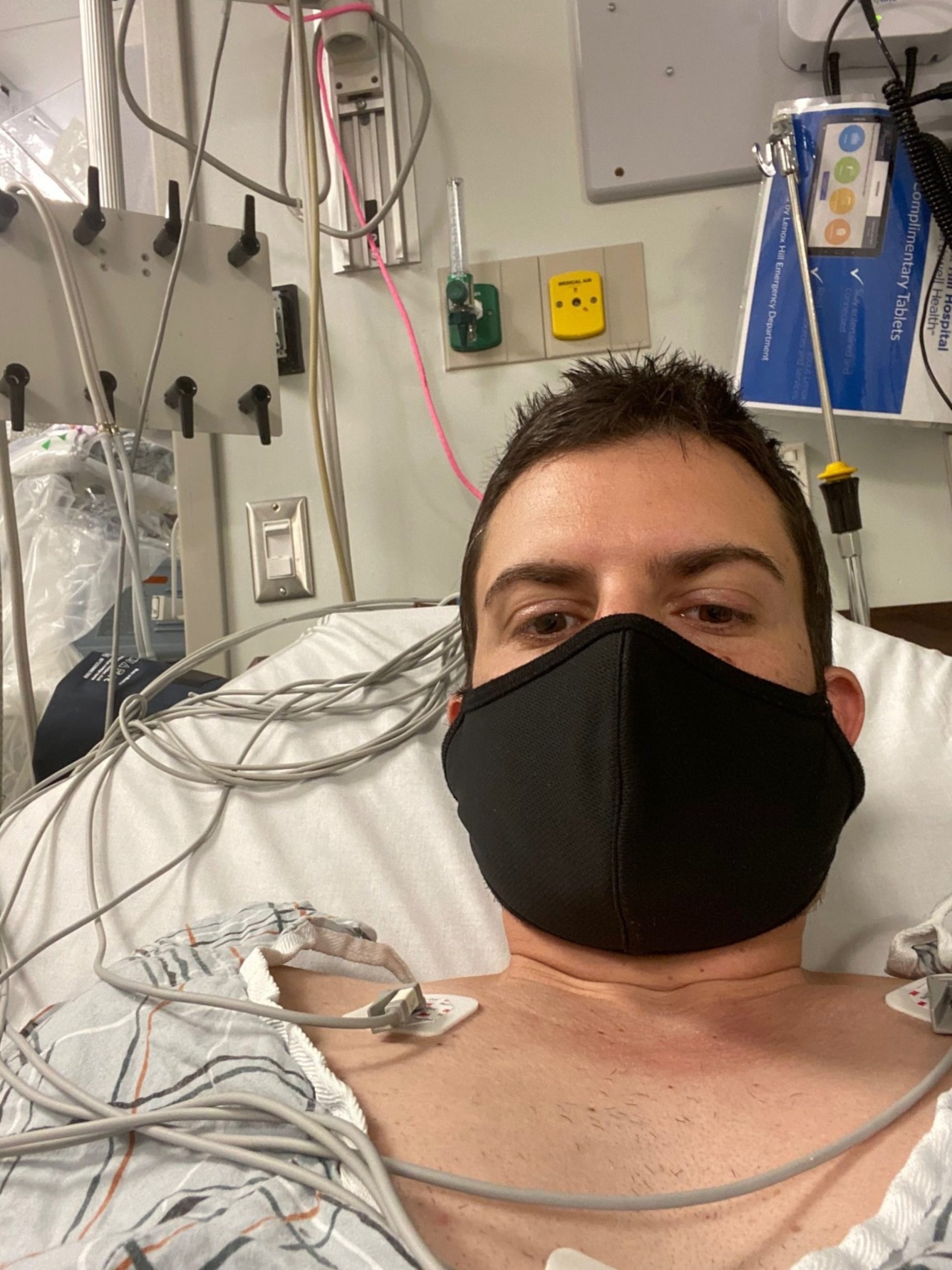Title: CDC Reports an Increase in Cannabis-Related Emergency Department Visits Among Young Americans During the COVID Pandemic
Introduction
The COVID-19 pandemic has had a profound impact on various aspects of society, including healthcare and substance use patterns. Recent data from the Centers for Disease Control and Prevention (CDC) has revealed a concerning trend: an increase in cannabis-related emergency department visits among young Americans during the pandemic. This article aims to shed light on this issue, exploring the potential reasons behind this surge and its implications for public health.
The Rise in Cannabis-Related Emergency Department Visits
According to the CDC’s Morbidity and Mortality Weekly Report (MMWR), there has been a notable increase in cannabis-related emergency department visits among young adults aged 18-25 since the onset of the COVID-19 pandemic. The report analyzed data from 2019 to 2020, comparing the pre-pandemic period (January 2019 to March 2020) with the pandemic period (April 2020 to December 2020).
Key Findings
The CDC report highlighted several key findings:
1. A 31% increase in cannabis-related emergency department visits among young adults during the pandemic period compared to the pre-pandemic period.
2. The increase was more pronounced among males, with a 39% rise, compared to females, who experienced a 19% increase.
3. The majority of these visits were due to acute intoxication, resulting in symptoms such as anxiety, paranoia, and hallucinations.
4. The surge in cannabis-related emergency department visits coincided with increased cannabis use during the pandemic.
Potential Factors Contributing to the Increase
Several factors may have contributed to the rise in cannabis-related emergency department visits among young Americans during the COVID-19 pandemic:
1. Increased stress and anxiety: The pandemic has brought about unprecedented levels of stress and anxiety, particularly among young adults. Cannabis use may have been seen as a coping mechanism, leading to increased consumption and subsequent adverse reactions.
2. Changes in cannabis use patterns: The pandemic has disrupted social interactions and routines, leading to changes in cannabis use patterns. Isolation and boredom may have resulted in increased experimentation or excessive use, leading to adverse effects.
3. Availability and potency: The pandemic may have influenced the availability and potency of cannabis products. With restrictions on social activities and limited access to other substances, individuals may have turned to cannabis, potentially consuming higher-potency products that increase the risk of adverse reactions.
Implications for Public Health
The increase in cannabis-related emergency department visits among young Americans during the COVID-19 pandemic raises concerns for public health:
1. Mental health support: The findings highlight the need for increased mental health support and resources for young adults. Addressing stress and anxiety through healthier coping mechanisms can help reduce reliance on substances like cannabis.
2. Education and awareness: Public health campaigns should focus on educating young adults about responsible cannabis use, potential risks, and the importance of moderation. Promoting awareness of available resources for mental health support is crucial.
3. Regulation and product safety: Policymakers should consider regulating the cannabis market to ensure product safety, labeling accuracy, and appropriate potency levels. This can help mitigate the risk of adverse reactions and protect public health.
Conclusion
The CDC’s report on the increase in cannabis-related emergency department visits among young Americans during the COVID-19 pandemic highlights the need for targeted interventions to address this concerning trend. By providing mental health support, education, and regulation, public health authorities can work towards reducing the associated risks and promoting responsible cannabis use among young adults.



